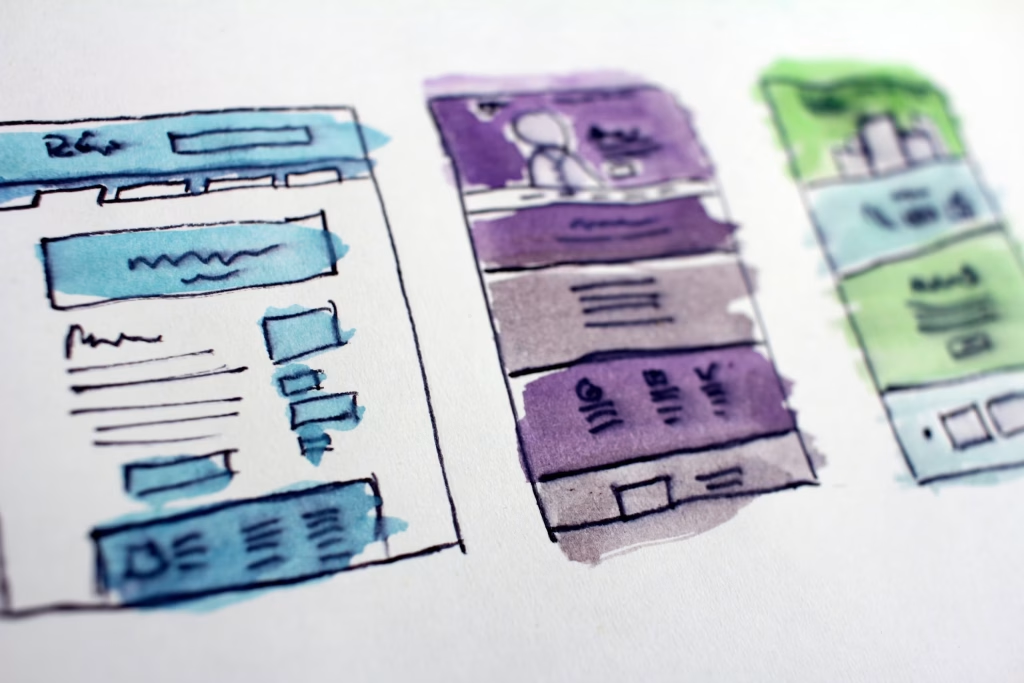
The Rise of Low-Code Tools: What They Solve — and What They Don’t
The web has never been more accessible. Tools like Webflow, Wix Studio, Framer, and Shopify now offer low-code or no-code solutions that let anyone build a website — fast. It’s tempting, and in many cases, it’s good enough.
But here’s the catch: if your site is more than just a placeholder, a tailored front-end will always outperform drag-and-drop builders in key areas like performance, accessibility, scalability, and UX.
So let’s talk about what low-code tools can do well — and where custom development still matters.
The Rise of Low-Code and No-Code Builders
Over the last few years, low-code and no-code platforms have exploded. Why?
- Speed: Launch quickly without waiting on dev cycles.
- Cost: No need to hire a full development team.
- Control: Designers and marketers can make changes directly.
- Ease: Visual interfaces make the web feel approachable.
These tools have democratized web creation. That’s a good thing. For landing pages, MVPs, portfolios, and small businesses, they’re often the right fit.
But as your site grows — so do your needs.
Where Low-Code Falls Short
Low-code builders solve surface-level problems. But behind the scenes, they come with real trade-offs:
1. Performance Limitations
- Heavy JavaScript and bloated code slow down load times.
- Mobile responsiveness is often generic or broken at edge cases.
- SEO takes a hit when performance and structure aren’t optimized.
2. Accessibility Concerns
- Many pre-built components are not WCAG-compliant.
- Keyboard navigation, screen reader support, and semantic HTML are often missing or inconsistent.
- You don’t control the code — so you can’t fully fix it.
3. Lack of Scalability
- Want custom APIs? Real-time integrations? Complex states? You’ll hit platform limits fast.
- Builders aren’t made for high-traffic, dynamic, or enterprise-grade sites.
4. Generic User Experience
- Templates look polished — but they often feel the same.
- You risk blending in, not standing out.
- Design consistency and performance tuning are harder to control.
Why Custom Front-End Still Wins
A tailored front-end gives you what builders can’t:
- Pixel-perfect design that matches your brand exactly.
- Optimized code that loads fast, works on all devices, and meets SEO best practices.
- Full accessibility compliance, meeting legal standards like the European Accessibility Act.
- Custom interactions and animations that feel intentional, not generic.
- Flexible integration with your backend, APIs, or CMS of choice.
In short: you control everything — and that’s powerful.
The Smart Middle Ground
This isn’t about low-code vs. developers. The future is hybrid. Many agencies and teams (including mine) use low-code tools like Webflow or Framer for fast prototyping or hand-off — but always layer it with custom solutions when it counts.
It’s about choosing the right tool for the right stage of your business.
Final Thought: Good Enough Isn’t Always Enough
Low-code tools are getting better. But if your website is mission-critical — if it needs to convert, scale, rank, and comply — you need more than drag-and-drop.
You need a crafted, intentional, accessible, and fast front-end that’s built for your users.
